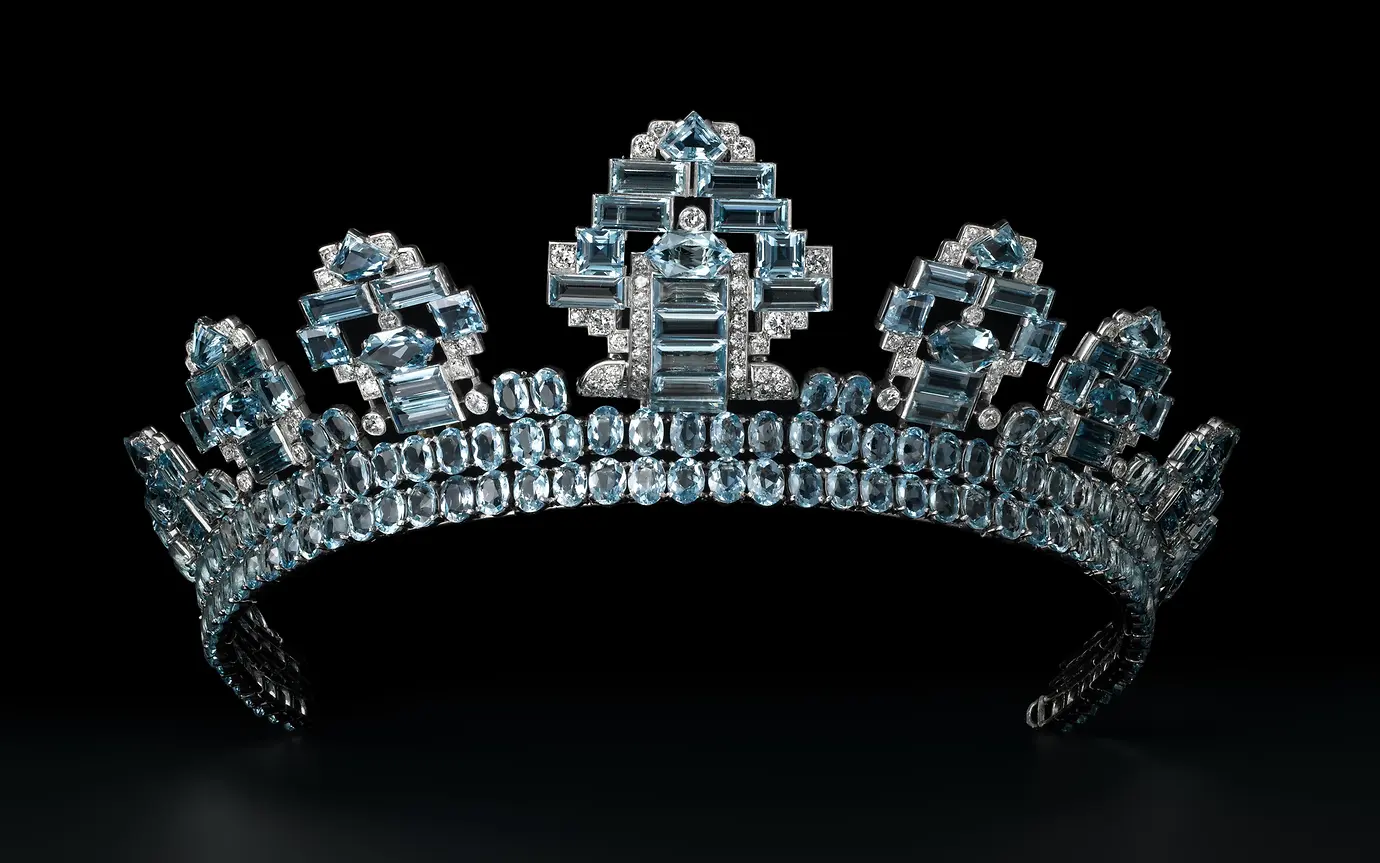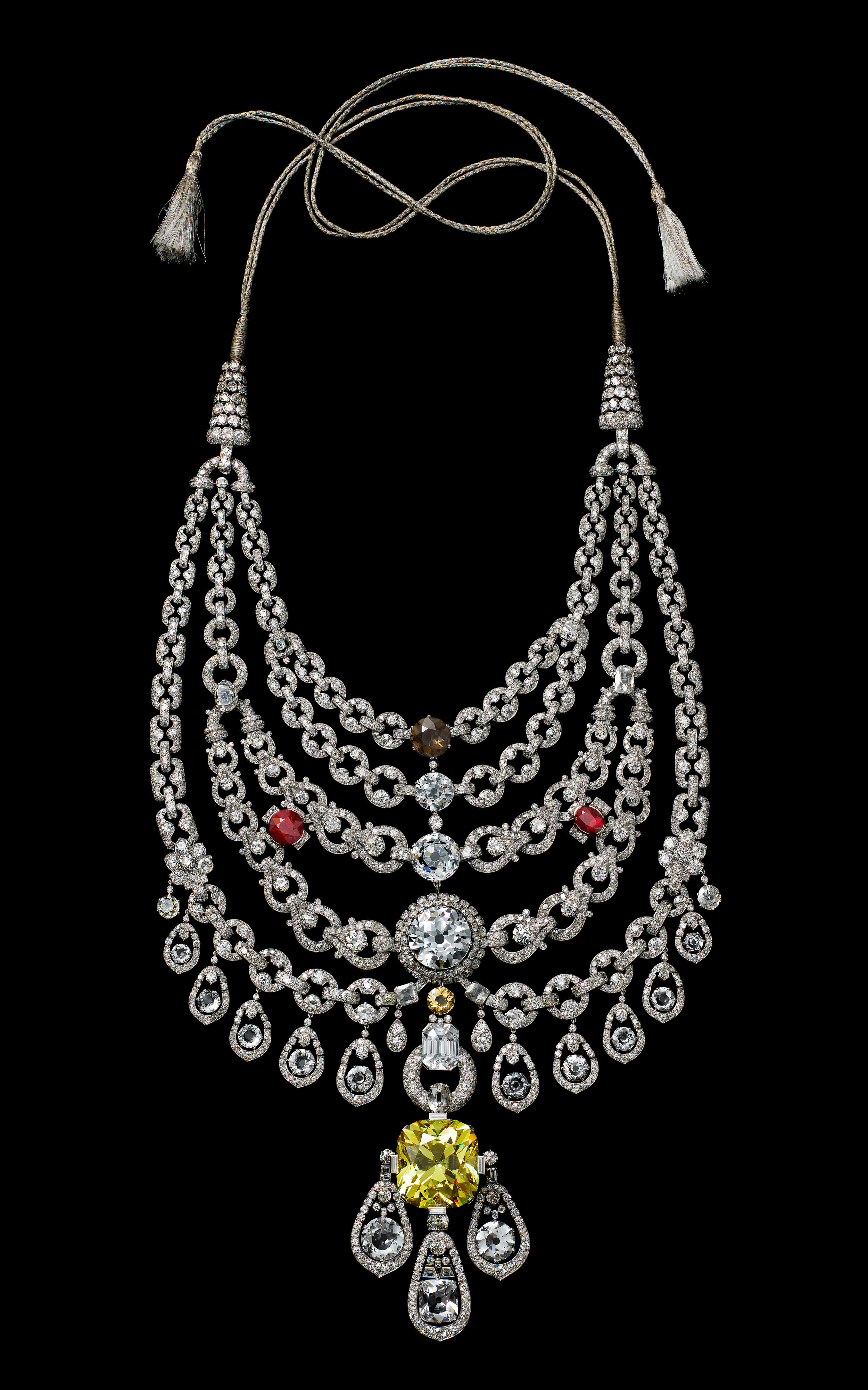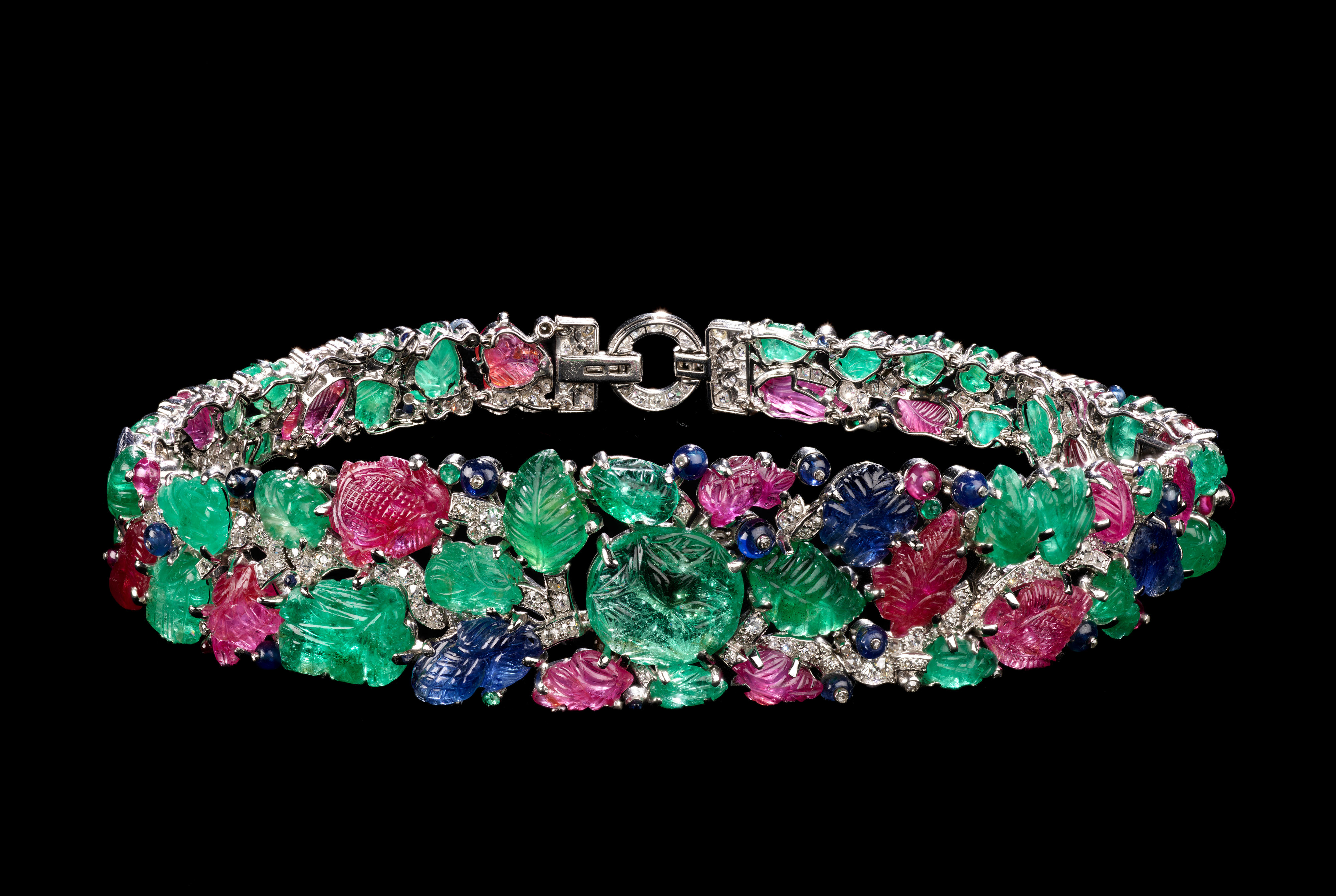
As corporate patrons of the V&A, we are proud to continue our long-standing endorsement of the arts and support the museum's mission to enrich people's lives through research, knowledge and enjoyment of the design world. This week in The Brief, Helen Molesworth, Senior Jewellery Curator at the V&A, talks to us about their newest, sparkling exhibition.
Curating Cartier has been a journey into the heart of one of the world’s most influential design houses. Opening last month at the V&A South Kensington, the exhibition charts the evolution of Cartier from a 19th-century Parisian boutique to a global symbol of luxury and elegance. Through the lens of design, craftsmanship and cultural exchange, we explore how the Maison helped shape – and was shaped by – the tastes of the 20th century.
The story begins with a family – and with three brothers whose combined talents transformed their grandfather’s business into a worldwide name. Louis, the eldest, became a partner in 1898 and was the creative driving force behind the Cartier style. He was deeply engaged with the decorative arts of the period and made a decisive shift: rather than simply selling jewellery, Cartier would design and ultimately craft its own pieces.
This brave move allowed a distinctive aesthetic to take shape – one defined by clean lines, a bold use of volume and space, striking colour combinations and, crucially, exquisite materials. As we explore throughout the exhibition, the workshops established in New York (1917), London (1921) and Paris (1929) enabled Cartier to grow its presence across continents while adapting to local influences.

One of the most exciting sections to bring together was the one devoted to global influence. Cartier’s story is in many ways a story of cultural exchange. At the turn of the 20th century, there was an intense European fascination with the “exotic” – a desire to look beyond borders. But what set Cartier apart was the depth of its engagement with other cultures.
Jacques Cartier, who specialised in gemstones, travelled extensively across the Middle East, India and Sri Lanka. His trips were in part about developing contacts and sourcing stones (such as Sri Lankan sapphires and Gulf pearls), but also about studying and appreciating the local traditions and aesthetics.
In line with Louis’ own motto ‘always innovate, never imitate,’ you will see how Cartier took these global inspirations and wove them into something entirely its own – pieces that reimagine the forms and symbols of other times and places.

One of the joys of working on this project was tracing the relationship between Cartier and its remarkable clientele. Between 1904 and 1914, Cartier was awarded royal warrants from seven different courts, including those of Great Britain, Russia, Spain and Siam (Thailand). These early commissions helped elevate Cartier to new heights of prestige.
We’ve paid particular attention to the London branch, which played a vital role in this story. The British royal family has been loyal to Cartier for generations, and we’re proud to present iconic pieces such as Queen Elizabeth’s Williamson diamond brooch and Princess Margaret’s diamond rose brooch. These are not just beautiful objects – they are part of living history.
As we moved through the 20th century in our research, it became clear that a shift was happening. The stars of Hollywood’s golden age began to rival – and eventually replace – royalty as the tastemakers of their time. Cartier was quick to adapt. One of my favourite pieces in the show is María Félix’s extraordinary serpent necklace – theatrical, bold, utterly unforgettable.
One of the aspects I find most compelling about Cartier is how often its pieces are the result of collaboration. Many clients came to the Maison with their own stones – heirlooms, gifts or personal treasures – asking Cartier to reimagine them in a new form. This conversation between designer and client led to some of the most spectacular and expressive work in Cartier’s history.
We wanted to reflect this throughout the exhibition. These commissions weren’t just about fashion or wealth – they were about identity, memory and legacy. From Art Deco brooches to minimalist watches, Cartier’s work speaks as much to personal stories as to broader cultural shifts.
For me, this exhibition is about more than jewellery. It’s about how design evolves through dialogue – between cultures, between past and present, between maker and wearer. Cartier’s success lies in its ability to respond to changing times without ever losing its core identity.
Bringing this show to life has been a privilege. Each object on display tells a story – of craftsmanship, innovation and the desire to create something enduring. I hope visitors come away not only dazzled by the beauty of the pieces, but also with a deeper appreciation for the creative and cultural forces that shaped them.
Jewellery may sparkle, but what gives it life is the human story behind it.
The exhibition is now open at the V&A South Kensington, closing Sunday 16 November 2025.
This communication is provided for information purposes only. The information presented herein provides a general update on market conditions and is not intended and should not be construed as an offer, invitation, solicitation or recommendation to buy or sell any specific investment or participate in any investment (or other) strategy. The subject of the communication is not a regulated investment. Past performance is not an indication of future performance and the value of investments and the income derived from them may fluctuate and you may not receive back the amount you originally invest. Although this document has been prepared on the basis of information we believe to be reliable, LGT Wealth Management UK LLP gives no representation or warranty in relation to the accuracy or completeness of the information presented herein. The information presented herein does not provide sufficient information on which to make an informed investment decision. No liability is accepted whatsoever by LGT Wealth Management UK LLP, employees and associated companies for any direct or consequential loss arising from this document.
LGT Wealth Management UK LLP is authorised and regulated by the Financial Conduct Authority in the United Kingdom.